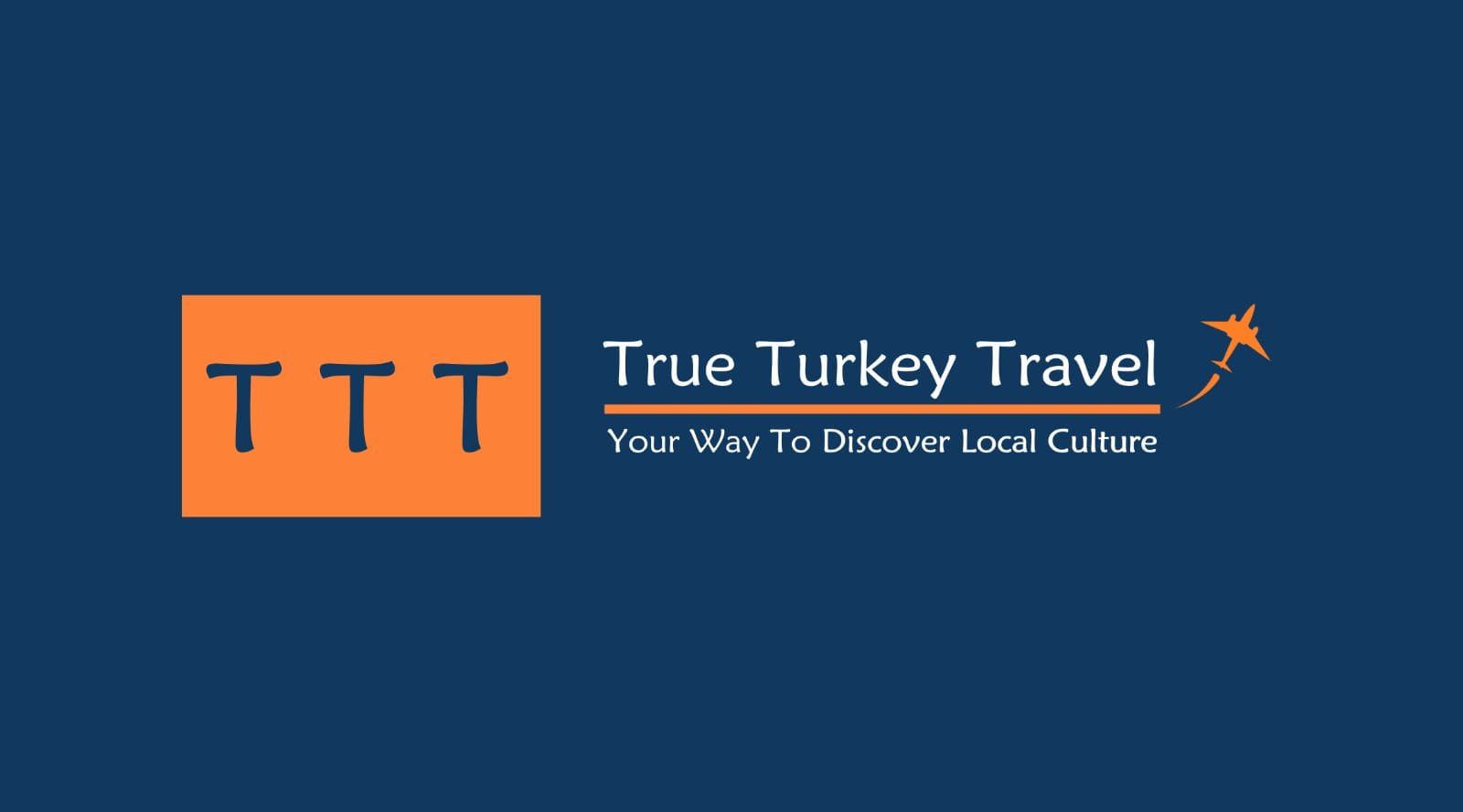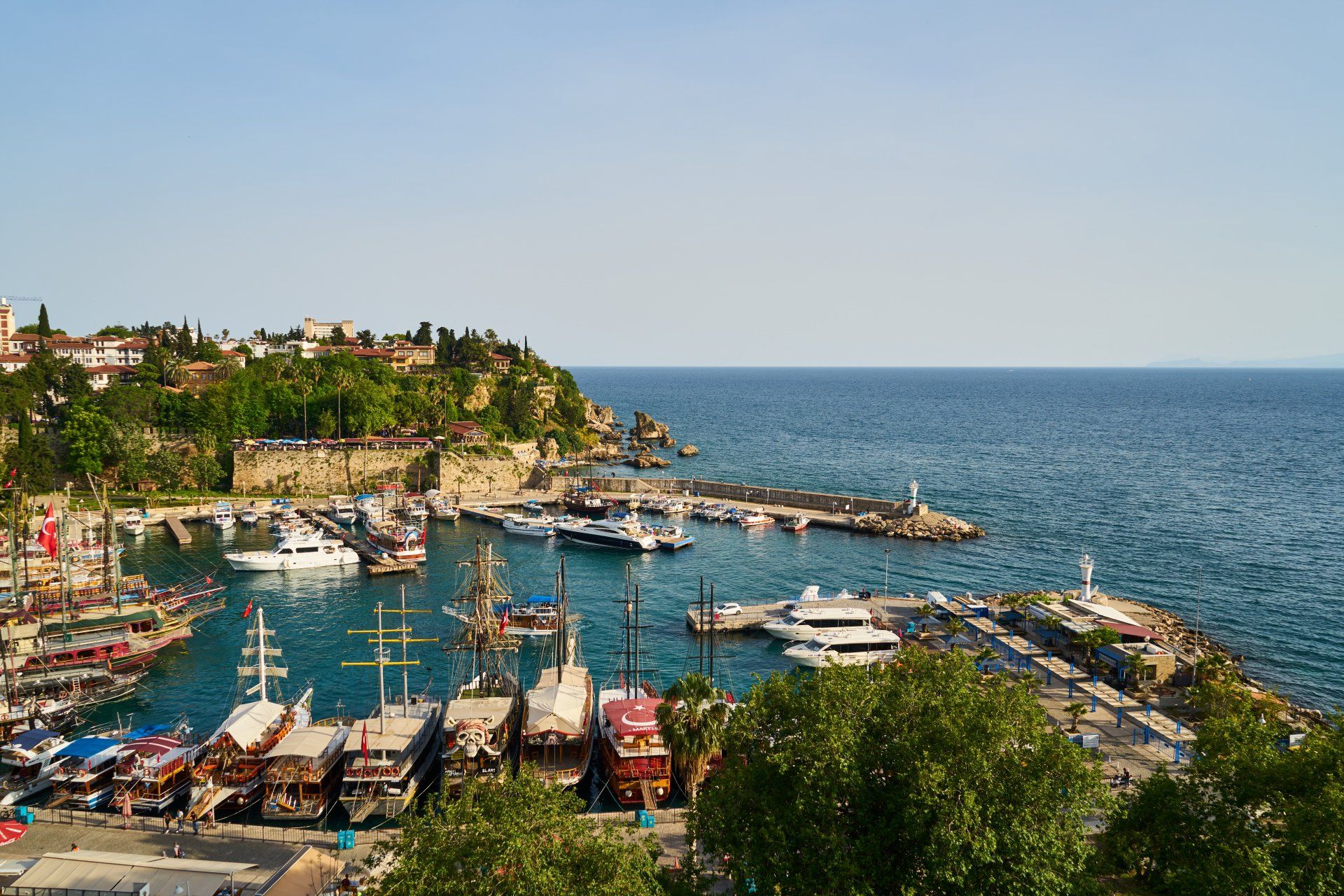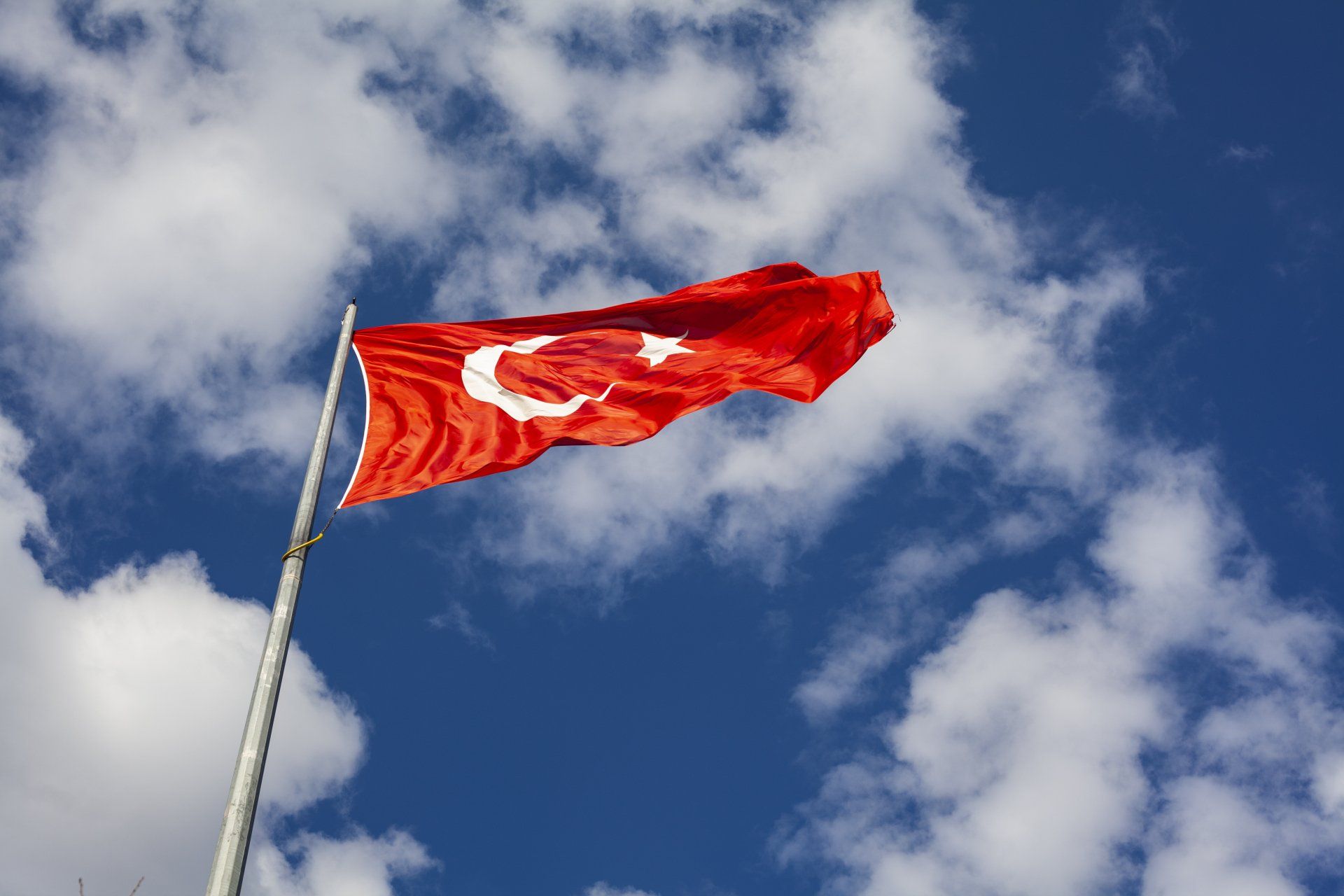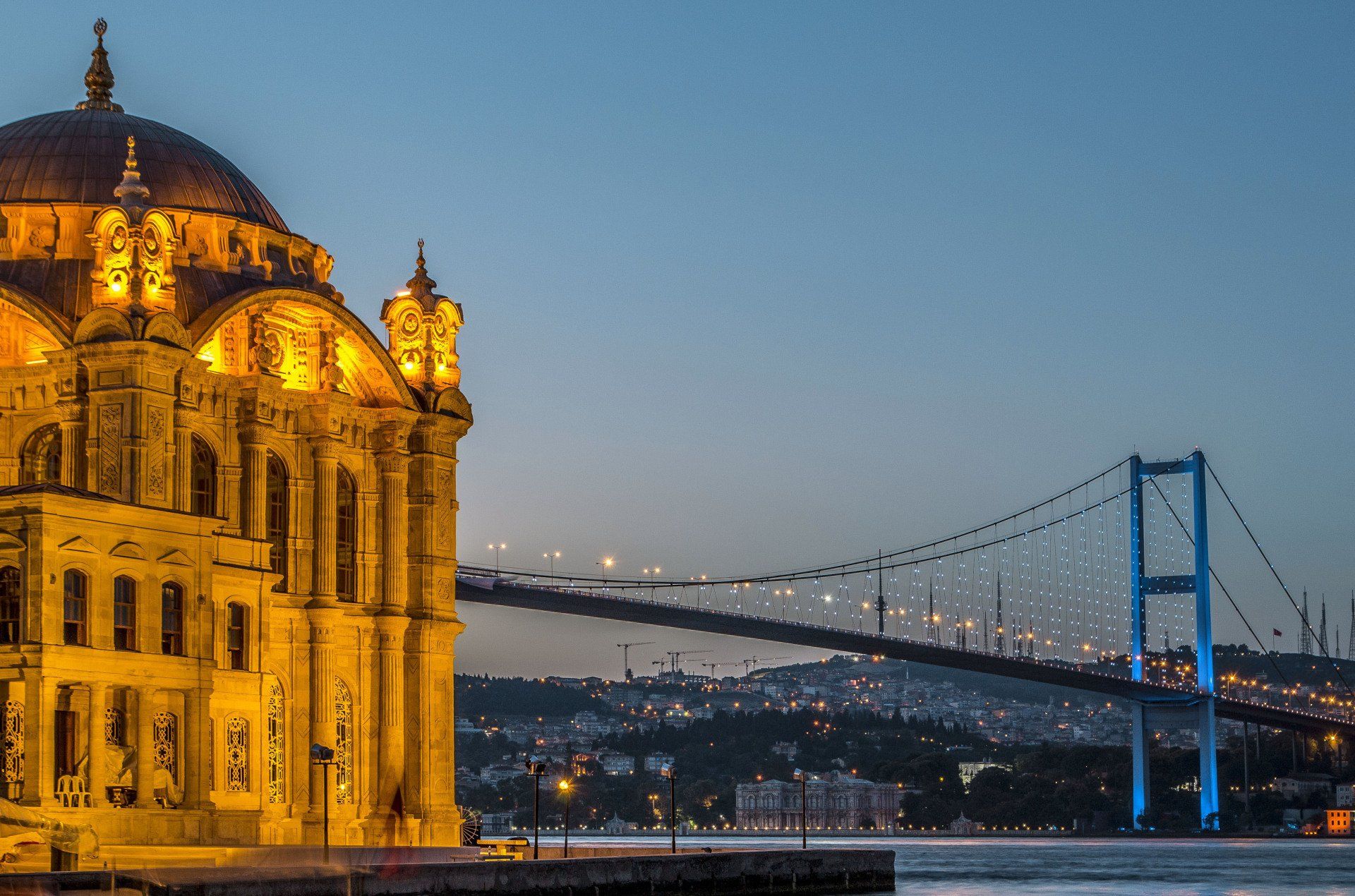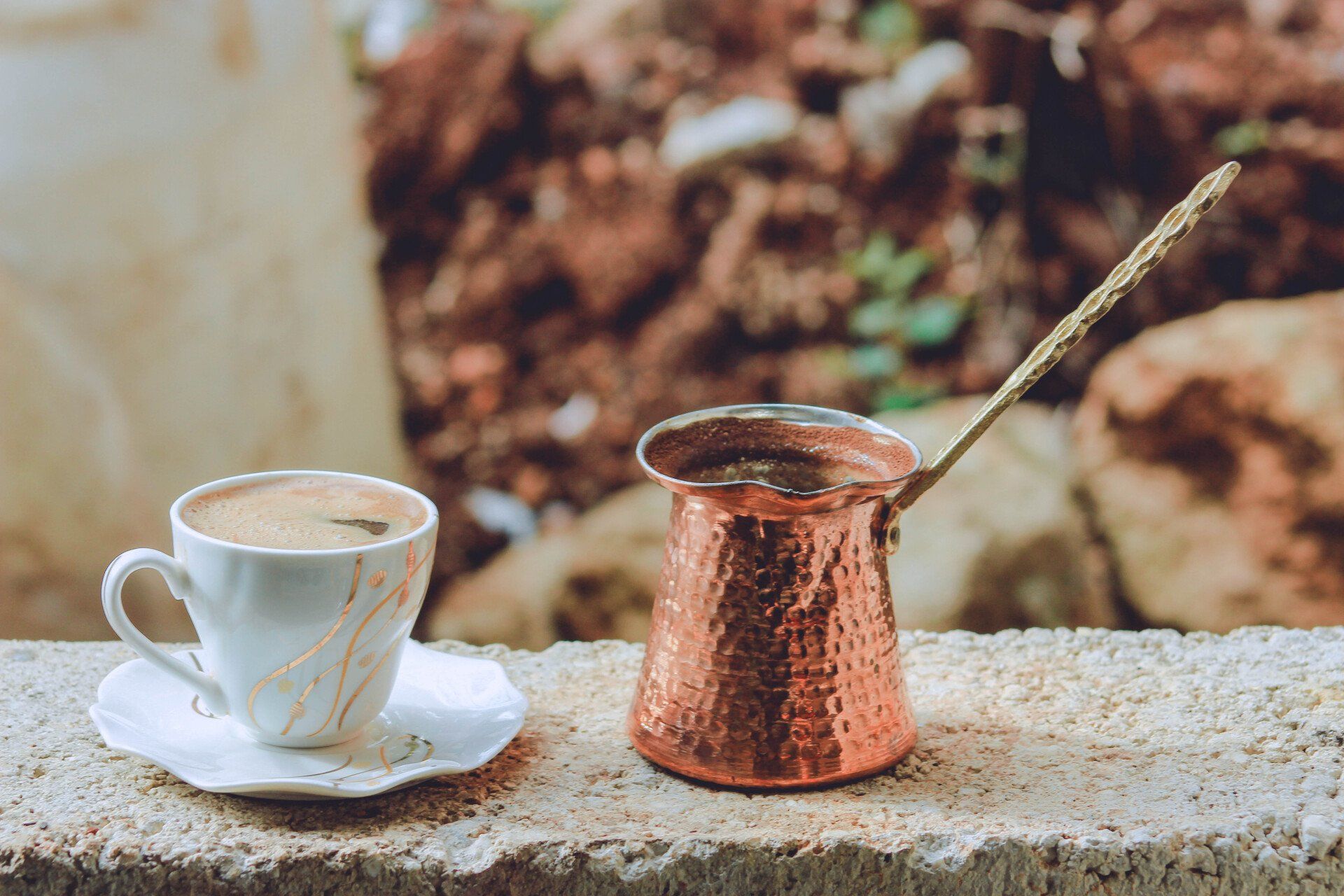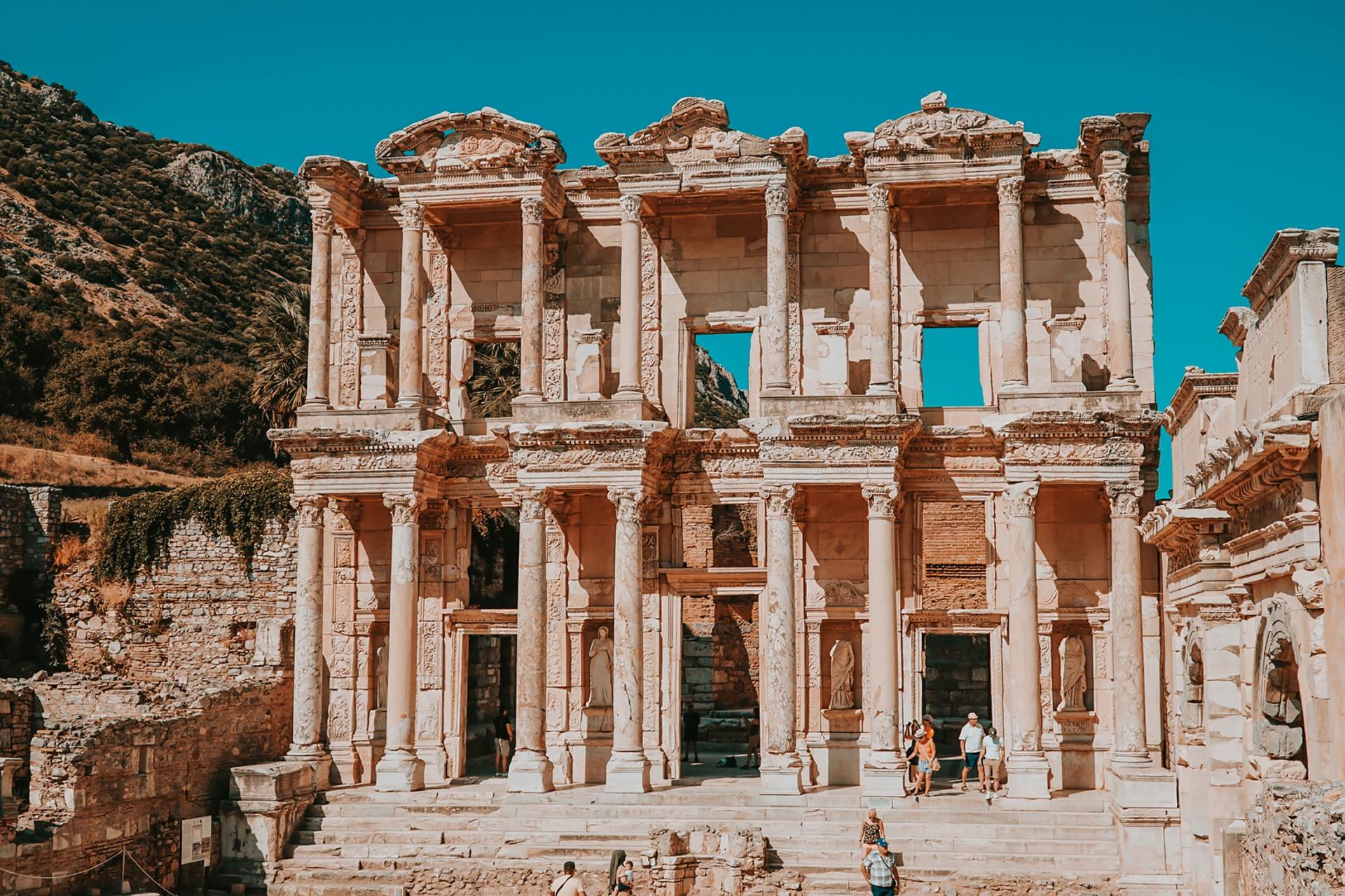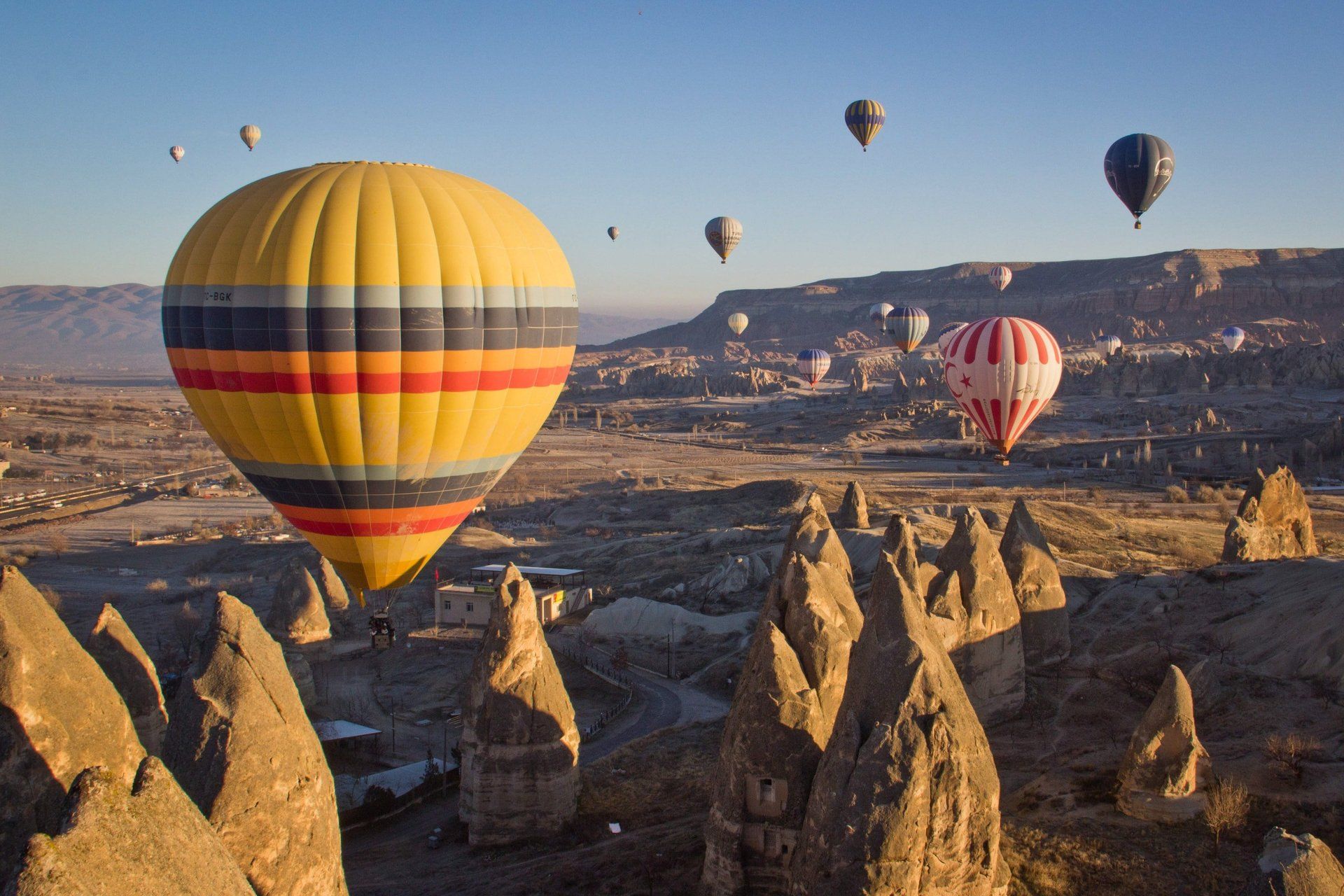Turkey information
Location of Turkey
Turkey, officially the Republic of Turkey (Türkiye Cumhuriyeti), is a presidential republic located in Southwest Asia and Southeast Europe.
As a state, Turkey is largely located in Asia. The capital Ankara is also located in the Asian part of the country. A small amount of land is geographically in Europe: the oldest and western part of the largest city, Istanbul, and the area west of it are in Europe, equivalent to 3% of Turkey's land. The Asian (Anatolia) and European parts (Eastern Thrace) are separated by the Dardanelles, the Sea of Marmara and the Bosphorus, which jointly connect the Mediterranean Sea with the Black Sea.
The country is sometimes considered to be part of Europe for political and historical reasons, but more often to Asia for cultural and religious reasons. It borders Bulgaria, Greece, Georgia, Armenia, Azerbaijan, Iran, Iraq and Syria. Turkey has a total of 6530 km of coastline.
History
Fun facts.....
CONTACT:
Privacy Statement:
We will never share your payment or other personal data with third parties.
Your data will be destroyed after you return from your holiday.
Click on the button below for our complete privacy statement.
OUR DATA:
True Turkey Travel
Tel: 31 6 54356589
Chamber of Commerce number: 78112001
Bank account Netherlands:
KNAB Bank
NL 15 KNAB 0402744217
Attn True Turkey Travel The Hague
Bank account Turkey:
Garanti Bank
Turkish Lira
TR43 0006 2001 1240 0006 6494 00
Tava Sandra Buurman Fethiye
Garanti Bank
Euro
TR87 0006 2001 1240 0009 0837 93
Tava Sandra Buurman Fethiye
All rights reserved | True Turkey Travel
